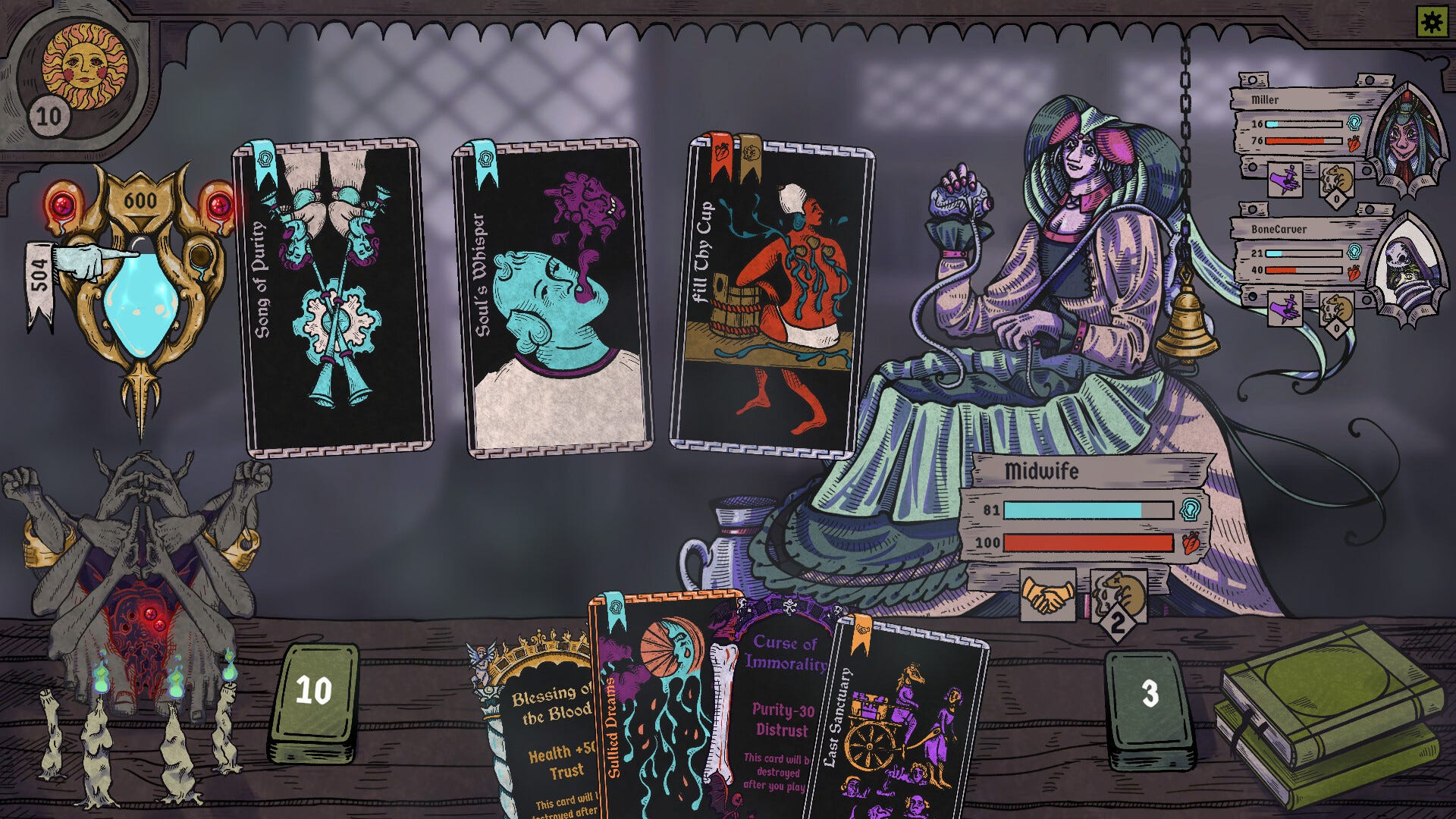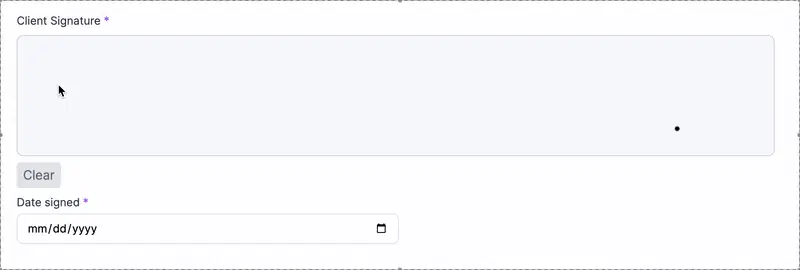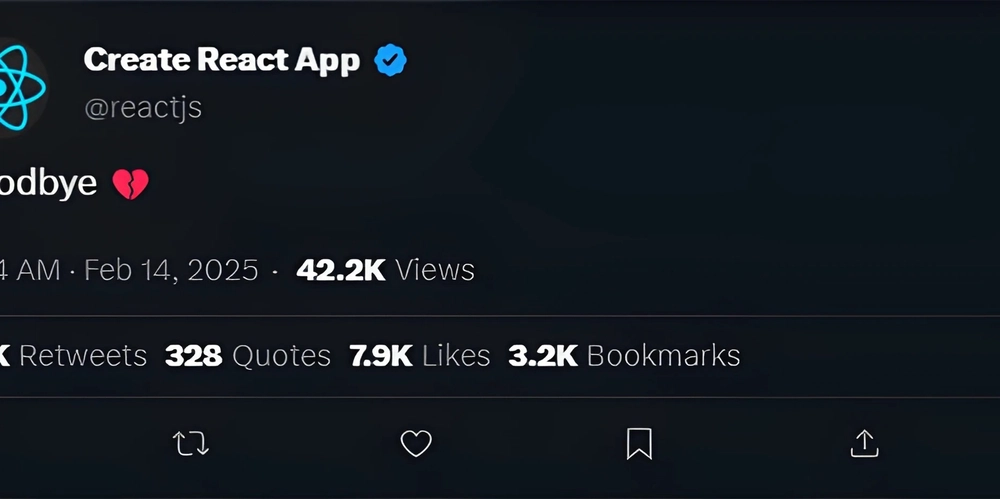Adding Electronic Signatures to a Rails 8 App
Integrating an electronic signature feature can be a great addition when building applications that require document signing. In this tutorial, we will walk through how to add a signature pad to a Rails 8 app using Tailwind CSS, PostgreSQL, and Importmap. We'll leverage the signature_pad JavaScript library to enable users to draw their signatures directly within a form. Step 1: Install Signature Pad Rails 8 with Importmap allows us to pin JavaScript libraries easily. Start by running the following command to install signature_pad: bin/importmap pin signature_pad This command will pin signature_pad and update the importmap.rb file with: pin "signature_pad" # @5.0.4 Step 2: Create a Stimulus Controller Next, we will create a Stimulus controller to handle the signature pad interactions. Run the following command: bin/rails generate stimulus signature_pad Now, open the generated signature_pad_controller.js file and replace its contents with: import { Controller } from "@hotwired/stimulus"; import SignaturePad from "signature_pad"; export default class extends Controller { static targets = ["canvas", "input"]; connect() { this.signaturePad = new SignaturePad( this.canvasTarget, { dotSize: 3, minWidth: 1, maxWidth: 3 } ); console.log("Please add signature before saving."); } disconnect() { this.signaturePad.off(); } clear() { this.signaturePad.clear(); } submit(event) { event.preventDefault(); this.canvasTarget.toBlob((blob) => { const signatureFile = new File([blob], "signature.png", { type: "image/png" }); const dataTransfer = new DataTransfer(); dataTransfer.items.add(signatureFile); this.inputTarget.files = dataTransfer.files; event.target.submit(); }); } } Explanation of the Stimulus Controller static targets = ["canvas", "input"]: Defines the elements our controller interacts with. connect(): Initializes signature_pad on the canvas element. disconnect(): Cleans up the signature pad instance when the controller is removed. clear(): Clears the signature from the canvas when the clear button is clicked. submit(event): Prevents the default form submission. Converts the signature drawn on the canvas to a blob. Creates a File object and adds it to a DataTransfer instance. Assigns the file to the hidden input field so it gets submitted with the form. Step 3: Set Up the Model To start, let’s assume we have a Consent model. We will now add an attached signature: class Consent

Integrating an electronic signature feature can be a great addition when building applications that require document signing. In this tutorial, we will walk through how to add a signature pad to a Rails 8 app using Tailwind CSS, PostgreSQL, and Importmap. We'll leverage the signature_pad JavaScript library to enable users to draw their signatures directly within a form.
Step 1: Install Signature Pad
Rails 8 with Importmap allows us to pin JavaScript libraries easily. Start by running the following command to install signature_pad:
bin/importmap pin signature_pad
This command will pin signature_pad and update the importmap.rb file with:
pin "signature_pad" # @5.0.4
Step 2: Create a Stimulus Controller
Next, we will create a Stimulus controller to handle the signature pad interactions. Run the following command:
bin/rails generate stimulus signature_pad
Now, open the generated signature_pad_controller.js file and replace its contents with:
import { Controller } from "@hotwired/stimulus";
import SignaturePad from "signature_pad";
export default class extends Controller {
static targets = ["canvas", "input"];
connect() {
this.signaturePad = new SignaturePad(
this.canvasTarget,
{ dotSize: 3, minWidth: 1, maxWidth: 3 }
);
console.log("Please add signature before saving.");
}
disconnect() {
this.signaturePad.off();
}
clear() {
this.signaturePad.clear();
}
submit(event) {
event.preventDefault();
this.canvasTarget.toBlob((blob) => {
const signatureFile = new File([blob], "signature.png", { type: "image/png" });
const dataTransfer = new DataTransfer();
dataTransfer.items.add(signatureFile);
this.inputTarget.files = dataTransfer.files;
event.target.submit();
});
}
}
Explanation of the Stimulus Controller
-
static targets = ["canvas", "input"]: Defines the elements our controller interacts with. -
connect(): Initializessignature_padon the canvas element. -
disconnect(): Cleans up the signature pad instance when the controller is removed. -
clear(): Clears the signature from the canvas when the clear button is clicked. -
submit(event):- Prevents the default form submission.
- Converts the signature drawn on the canvas to a
blob. - Creates a
Fileobject and adds it to aDataTransferinstance. - Assigns the file to the hidden input field so it gets submitted with the form.
Step 3: Set Up the Model
To start, let’s assume we have a Consent model. We will now add an attached signature:
class Consent < ApplicationRecord
belongs_to :employee
has_one_attached :signature #Add this line
validates :first_name, :last_name, :phone_number, :email, :date_signed, presence: true
validates :accepted, inclusion: { in: [ true ], message: "must be accepted" }
validates :advisor_authorization, :consent_persistence, :information_confirmation, inclusion: { in: [ true ], message: "must be checked" }
end
Step 4: Update the Form
Now, let's update the consent form to include the signature pad:
<%= form_for @consent, url: wizard_path, method: :put, class: "space-y-6 mb-12", data: { controller: "signature-pad", action: "submit->signature-pad#submit" } do |form| %>
<%= form.label :signature, class: "block text-sm font-normal text-slate-700 mt-8 mb-2" do %>
Client Signature class="text-purple-500">*
<% end %>
<% if consent.persisted? && consent.signature.attached? %>
<%= image_tag consent.signature, class: "max-w-[300px] rounded border border-gray-300 mb-2" %>
<% end %>
<%= form.file_field :signature, data: { signature_pad_target: "input" }, accept: "image/png", hidden: true %>
<%= tag.canvas width: 950, height: 150, data: { signature_pad_target: "canvas" }, class: "rounded-lg border border-gray-300 mb-2 hover:bg-gray-50 cursor-pointer" %>
<%= tag.div class: "flex justify-between" do %>
<%= tag.button "Clear", type: "button", data: { action: "signature-pad#clear" }, class: "bg-gray-200 hover:bg-gray-300 text-gray-500 px-2 py-1 rounded" %>
<% end %>
class="w-1/2 mt-2">
<%= form.label :date_signed, class: "block text-sm font-normal text-slate-700" do %>
Date signed class="text-purple-500">*
<% end %>
class="mt-1">
<%= form.date_field :date_signed, class: "block w-full rounded-lg border-slate-200 shadow-sm focus:border-purple-500 focus:ring-purple-500 sm:text-sm" %>
<% if consent.errors[:date_signed].any? %>
class="mt-2 text-sm text-red-600"><%= consent.errors[:date_signed].join(", ") %>
<% end %>





















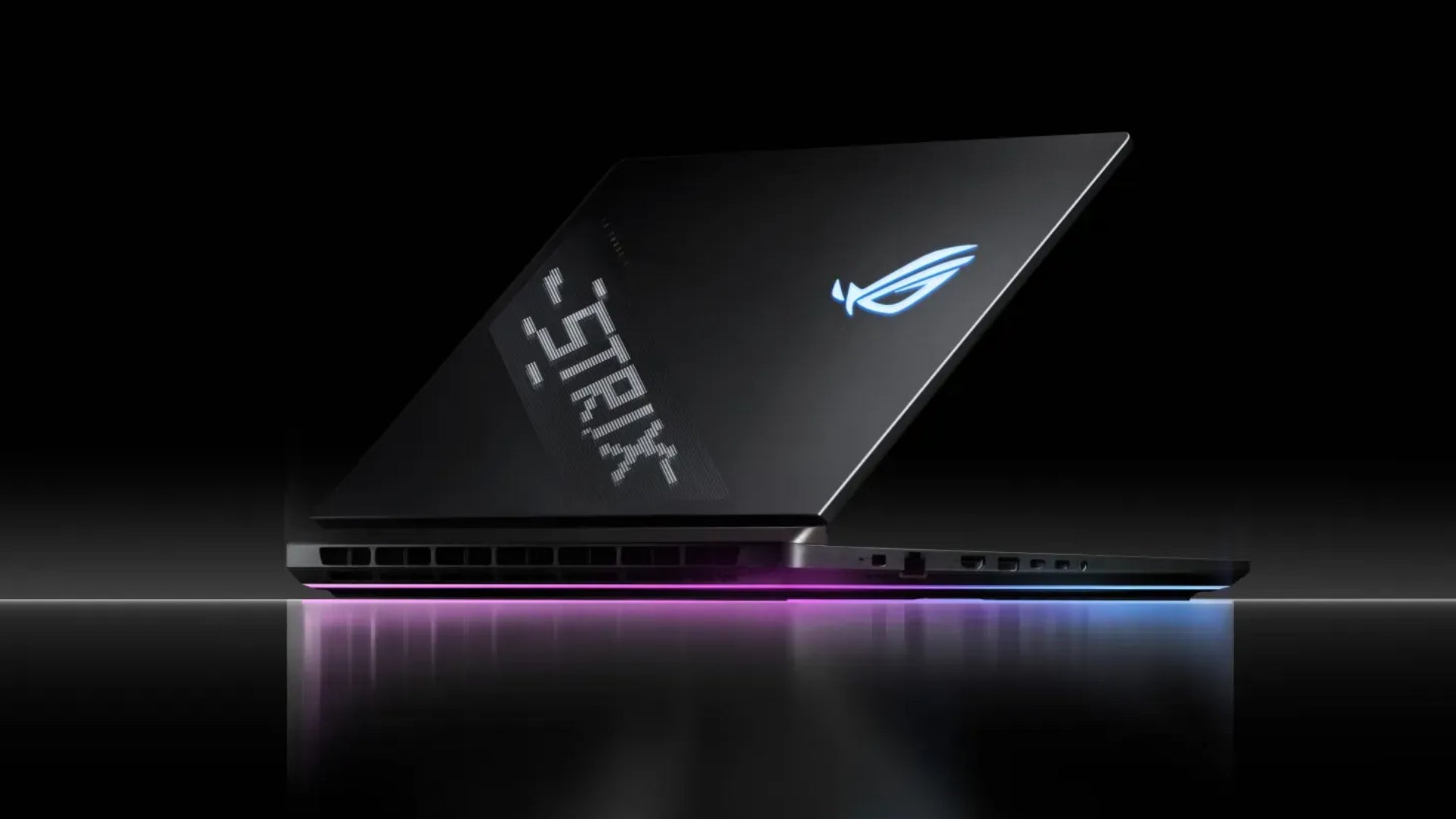





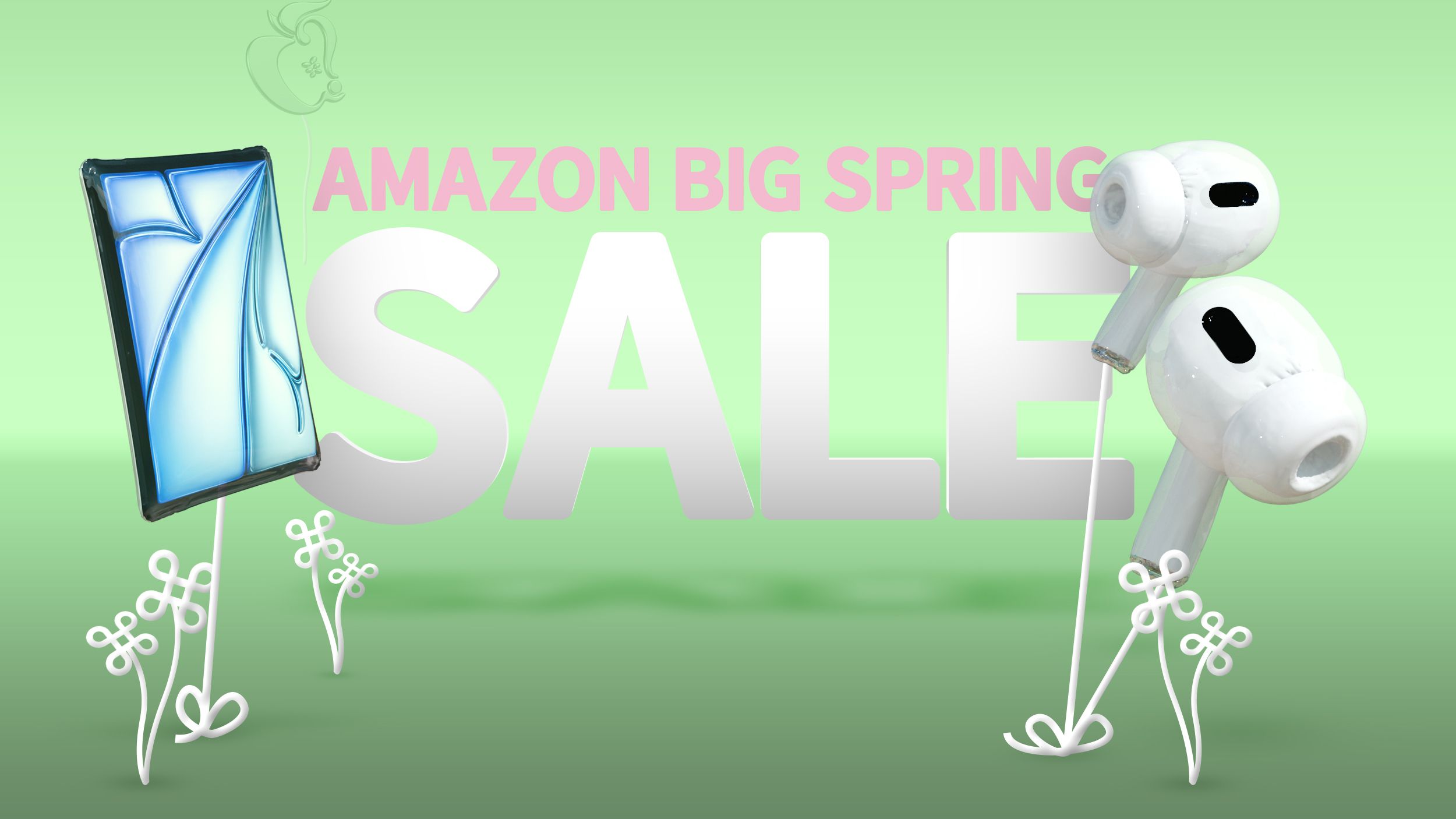

















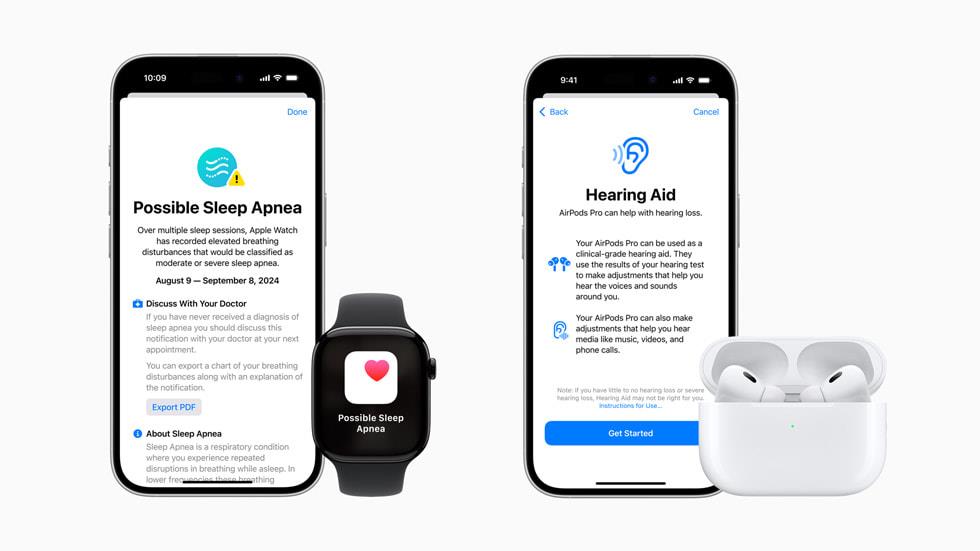
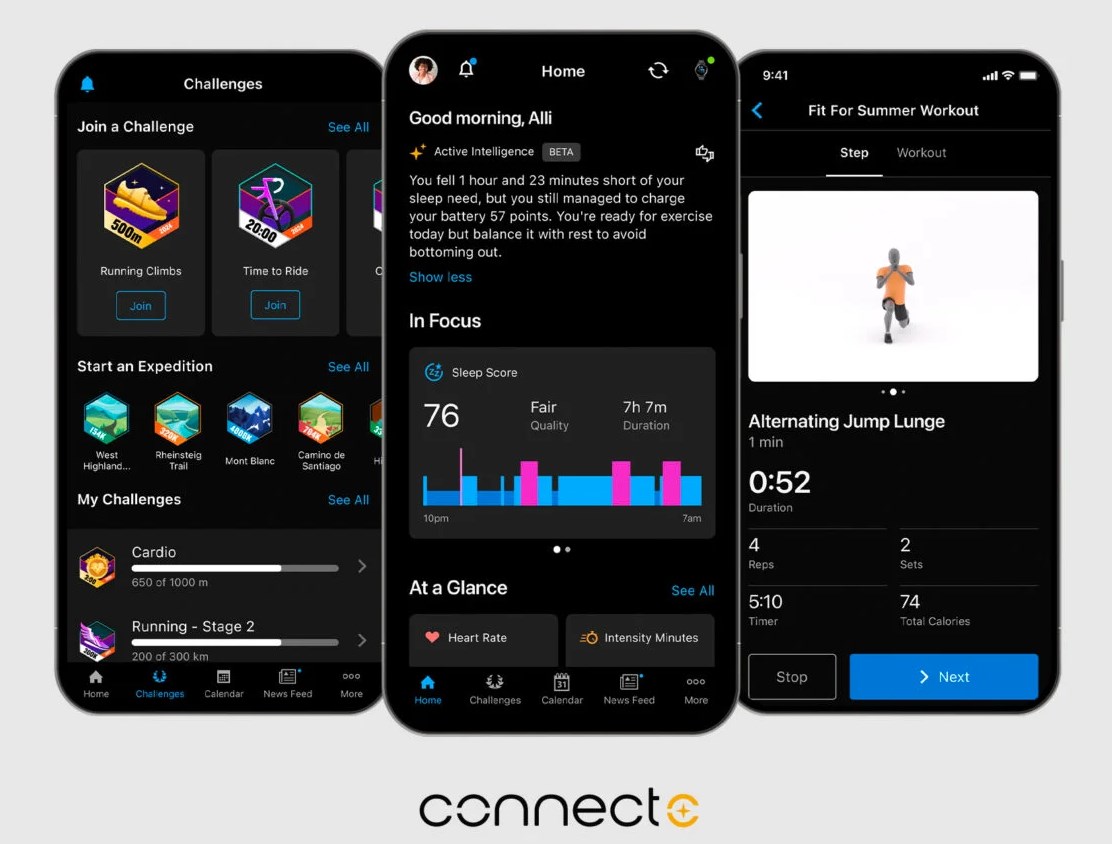
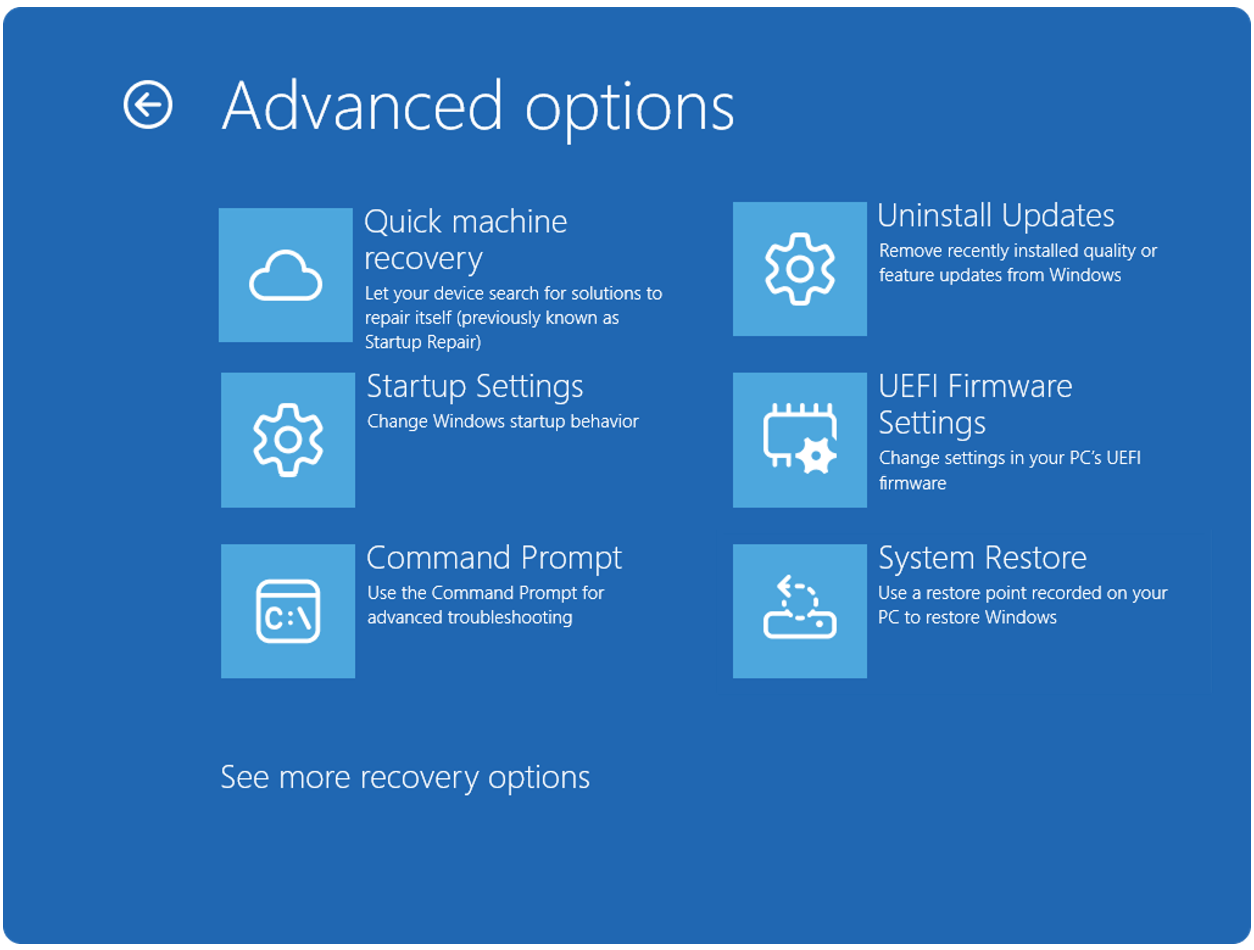



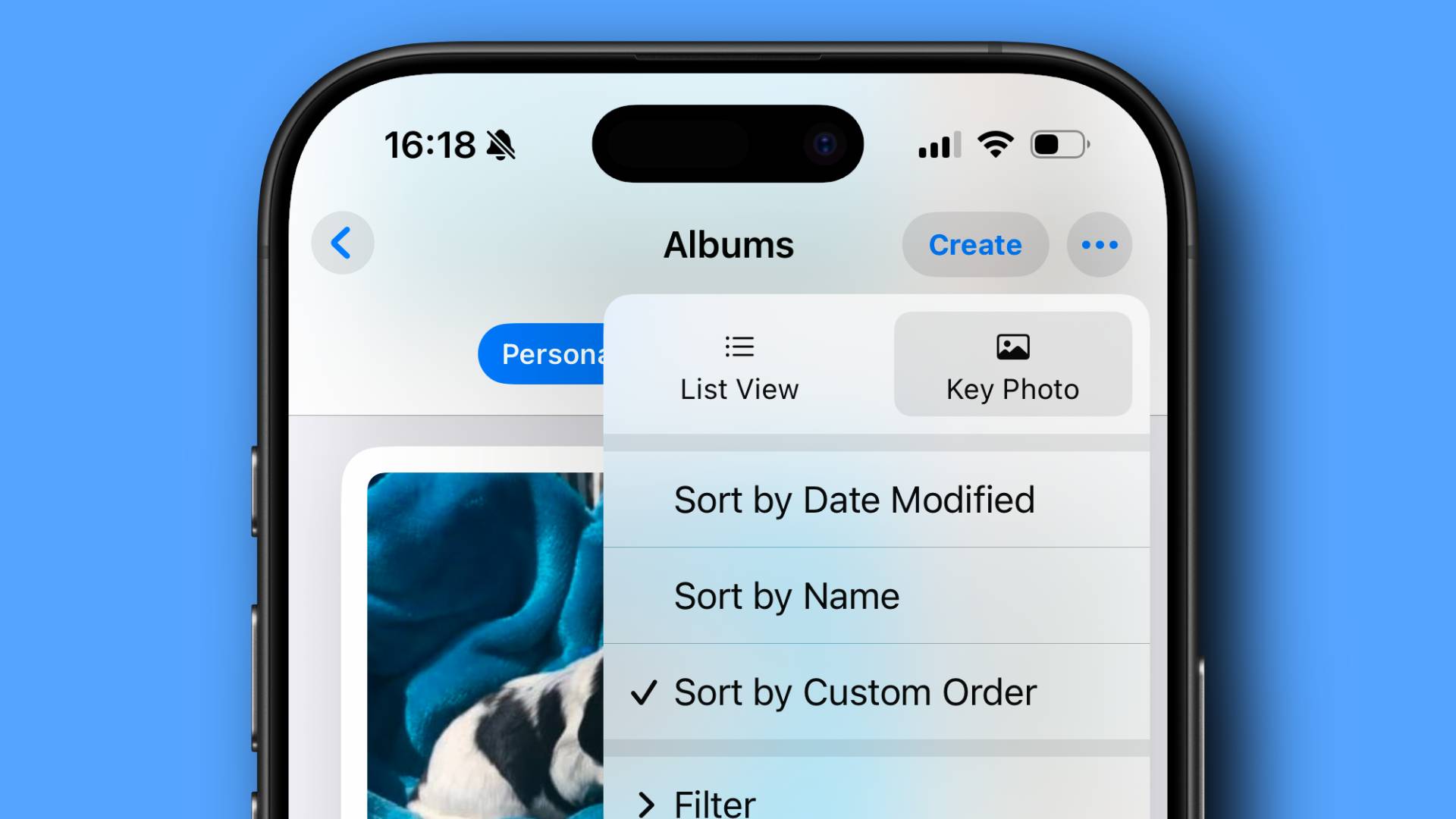
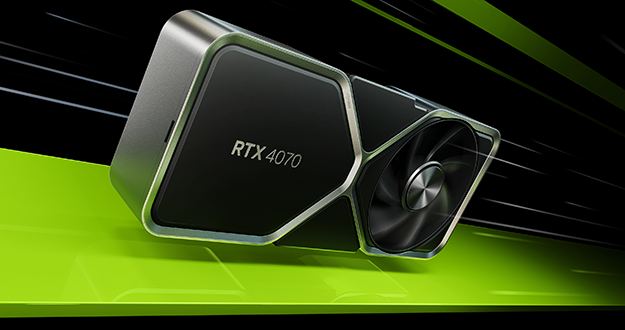
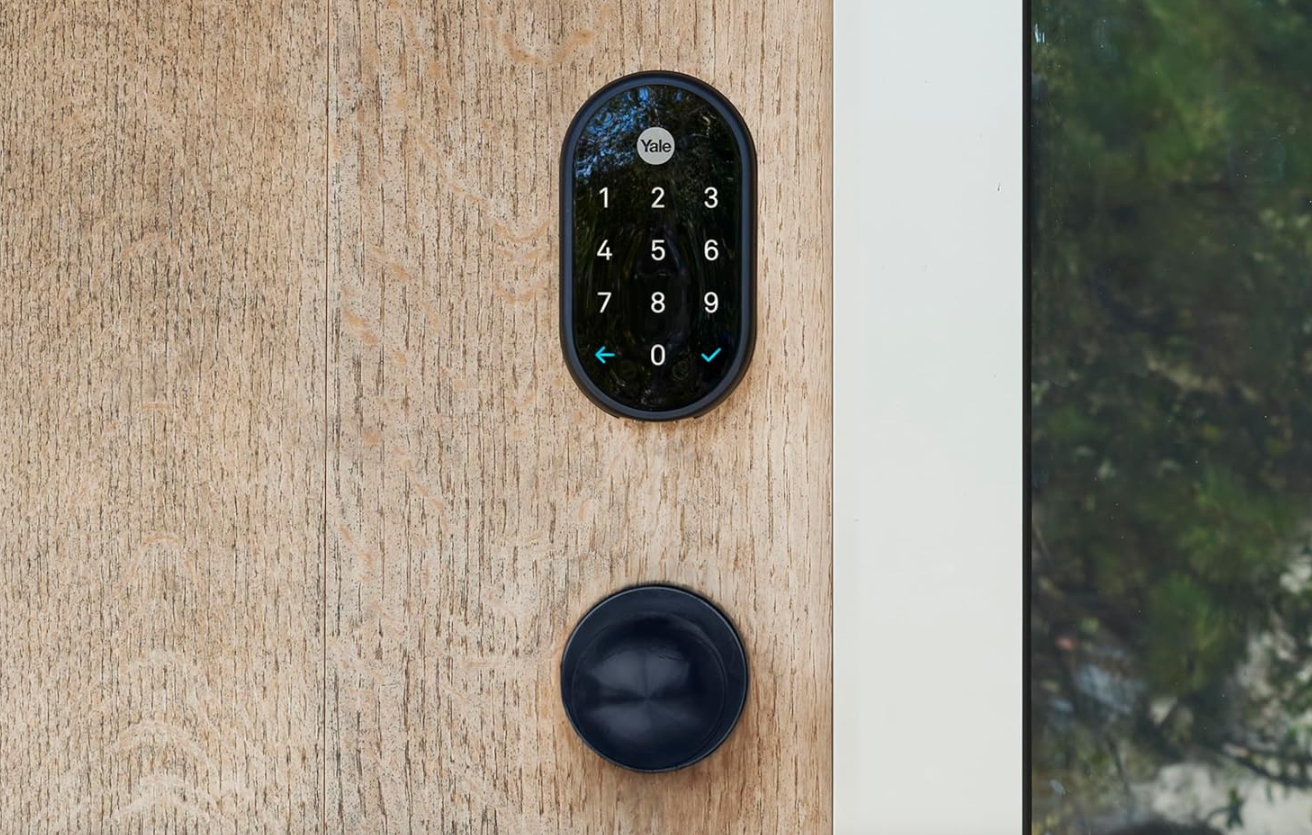











![Apple's M5 iPad Pro Enters Advanced Testing for 2025 Launch [Gurman]](https://www.iclarified.com/images/news/96865/96865/96865-640.jpg)
![M5 MacBook Pro Set for Late 2025, Major Redesign Waits Until 2026 [Gurman]](https://www.iclarified.com/images/news/96868/96868/96868-640.jpg)
![Apple to Revamp Health App with AI-Powered Doctor [Gurman]](https://www.iclarified.com/images/news/96870/96870/96870-640.jpg)

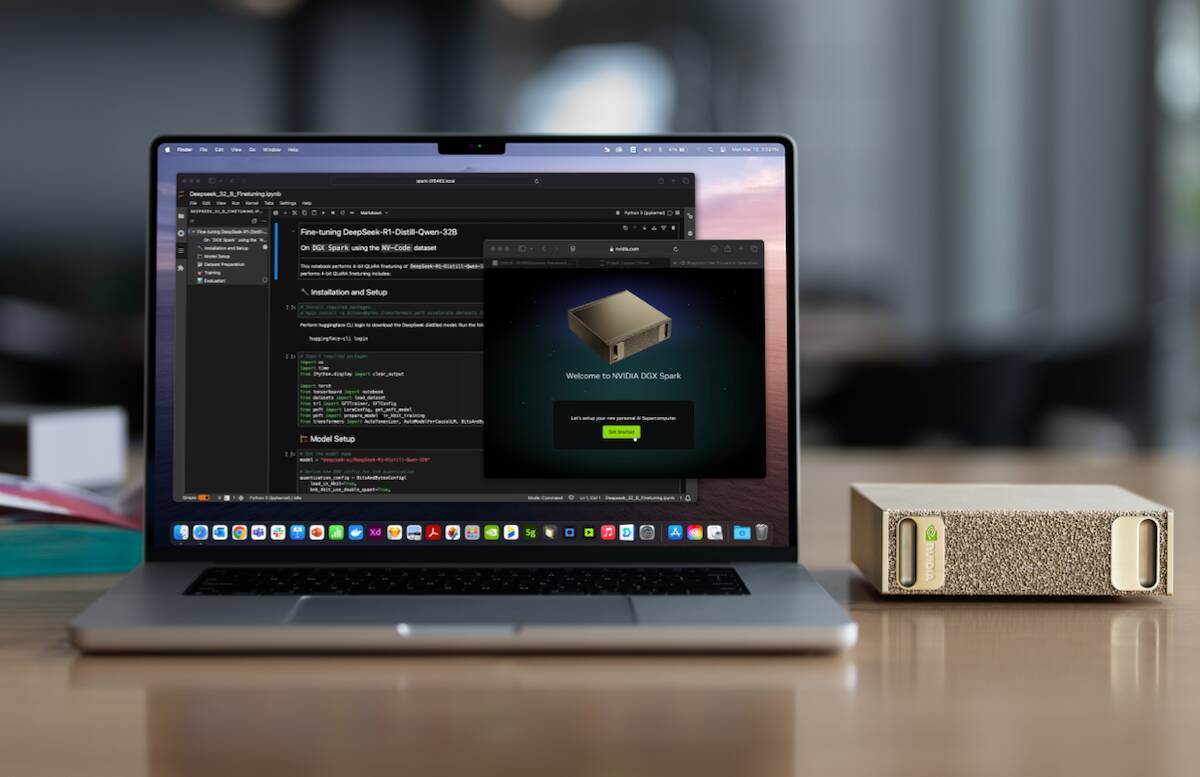
















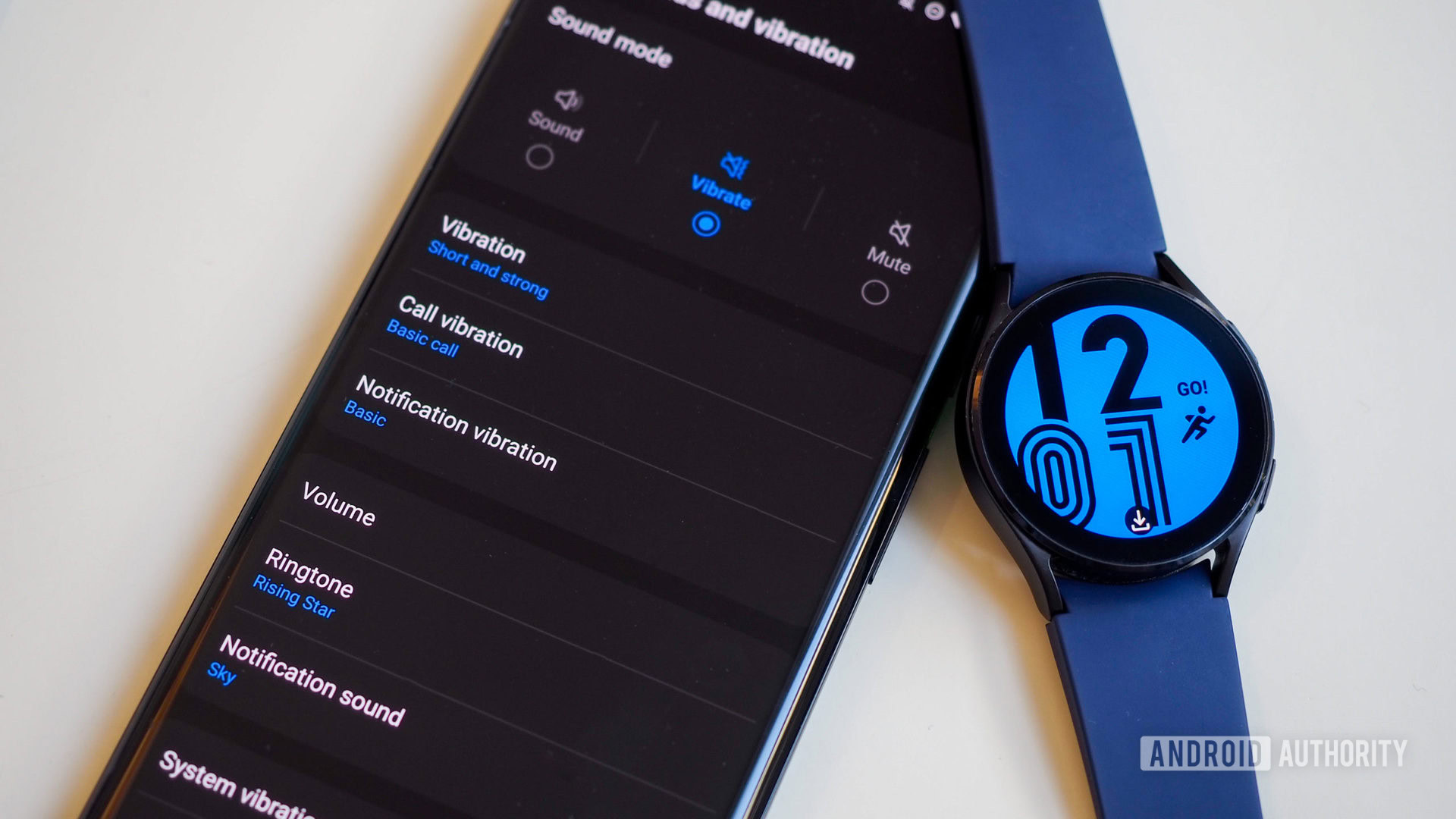
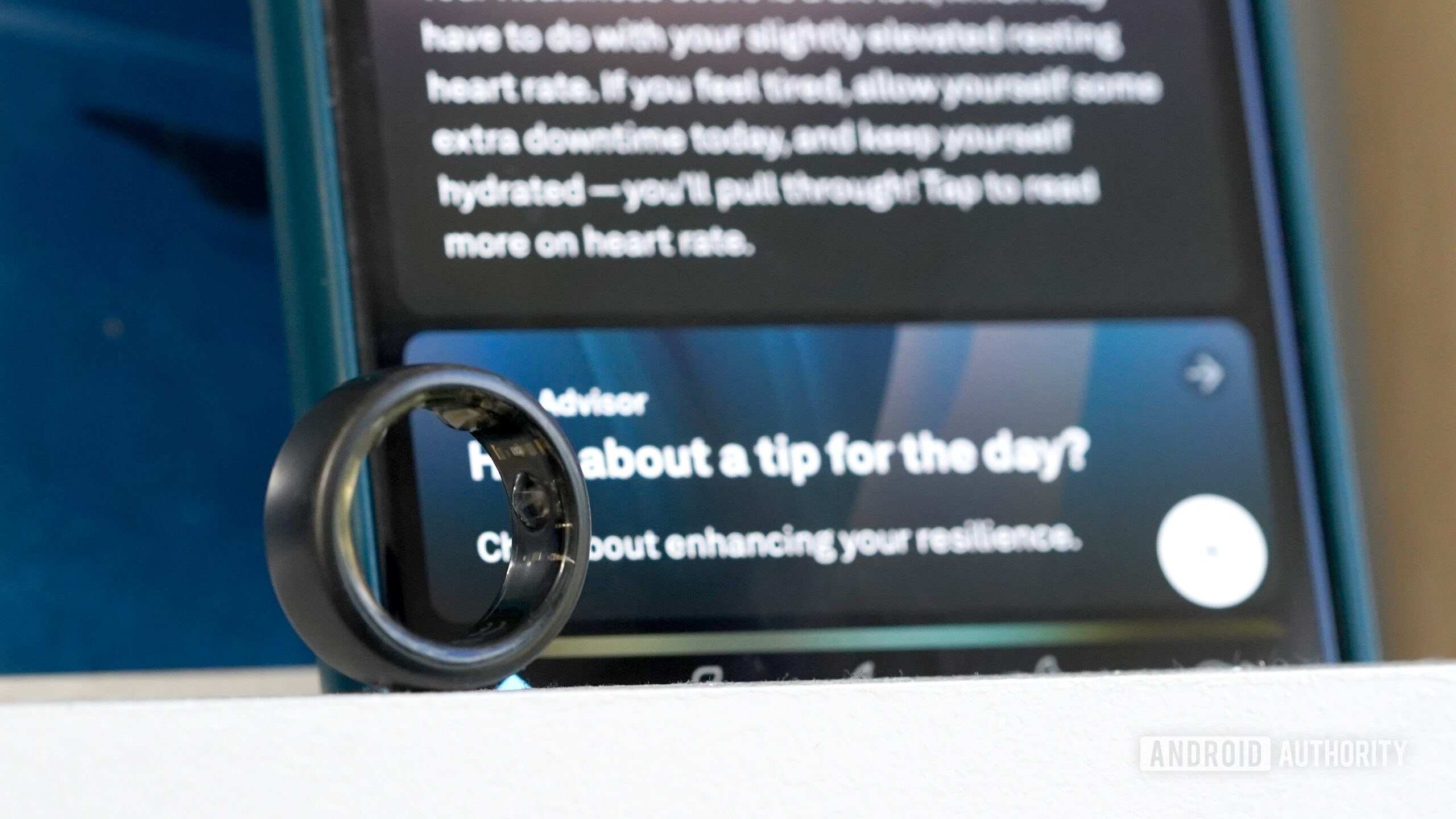
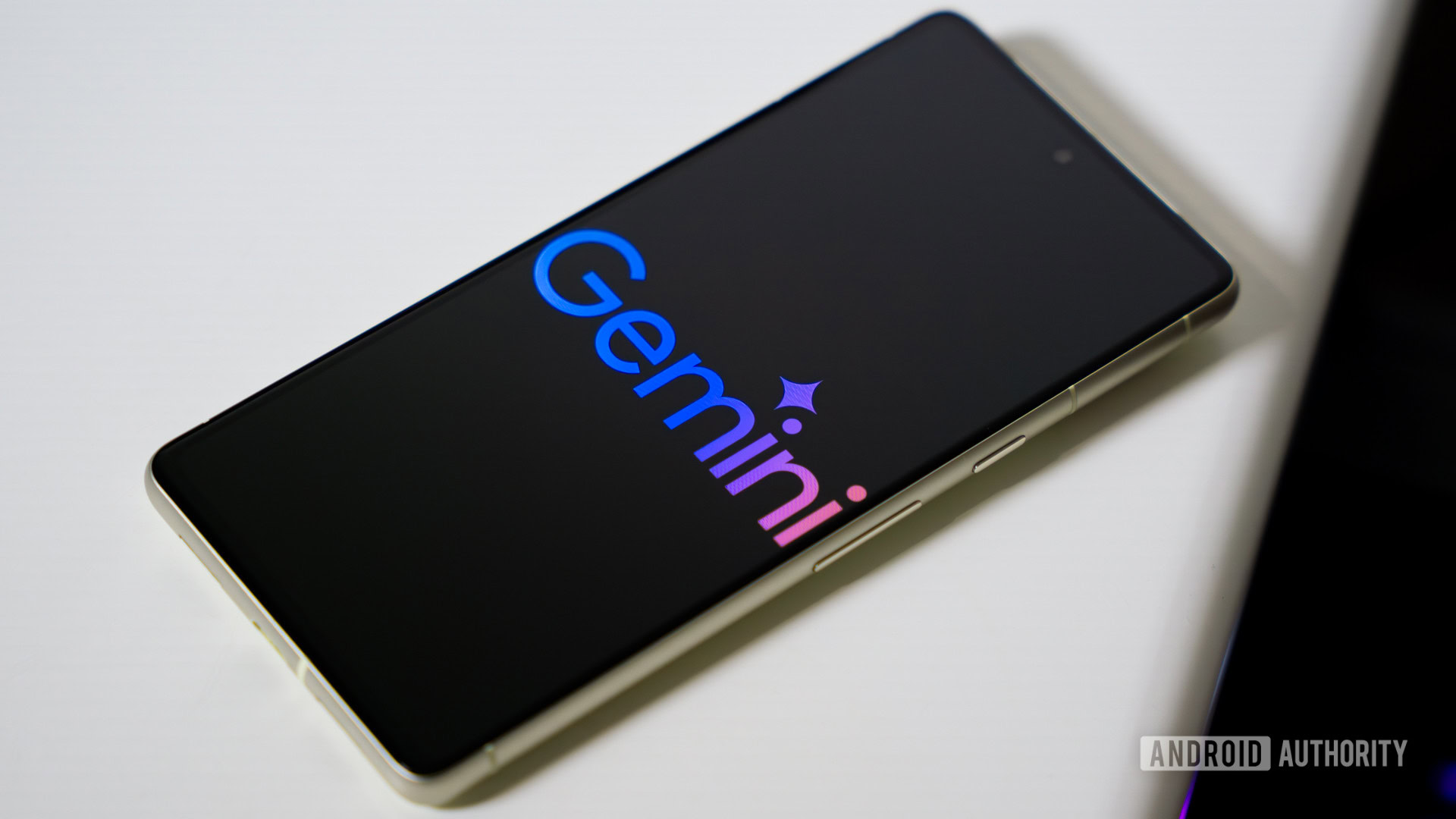
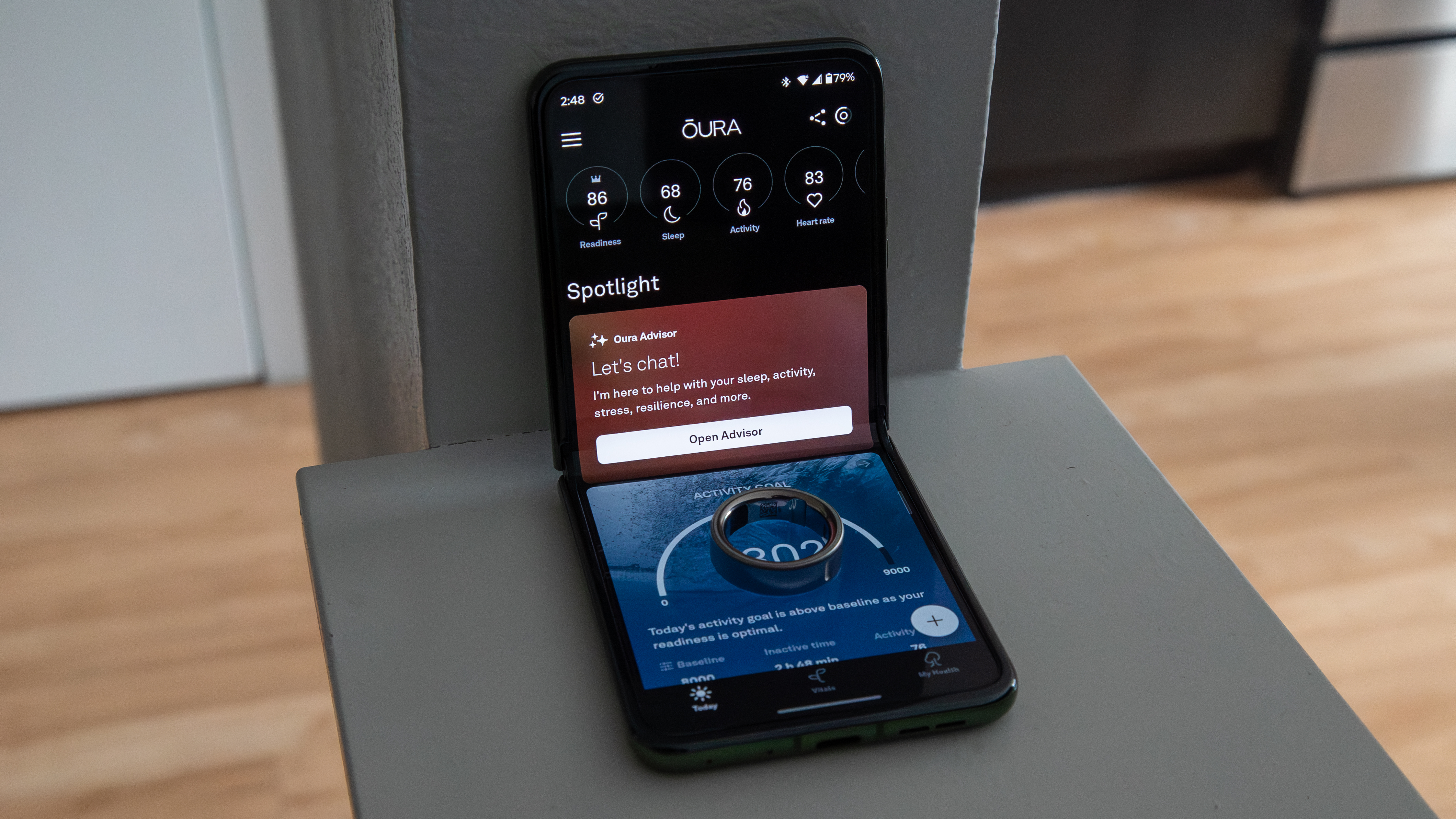


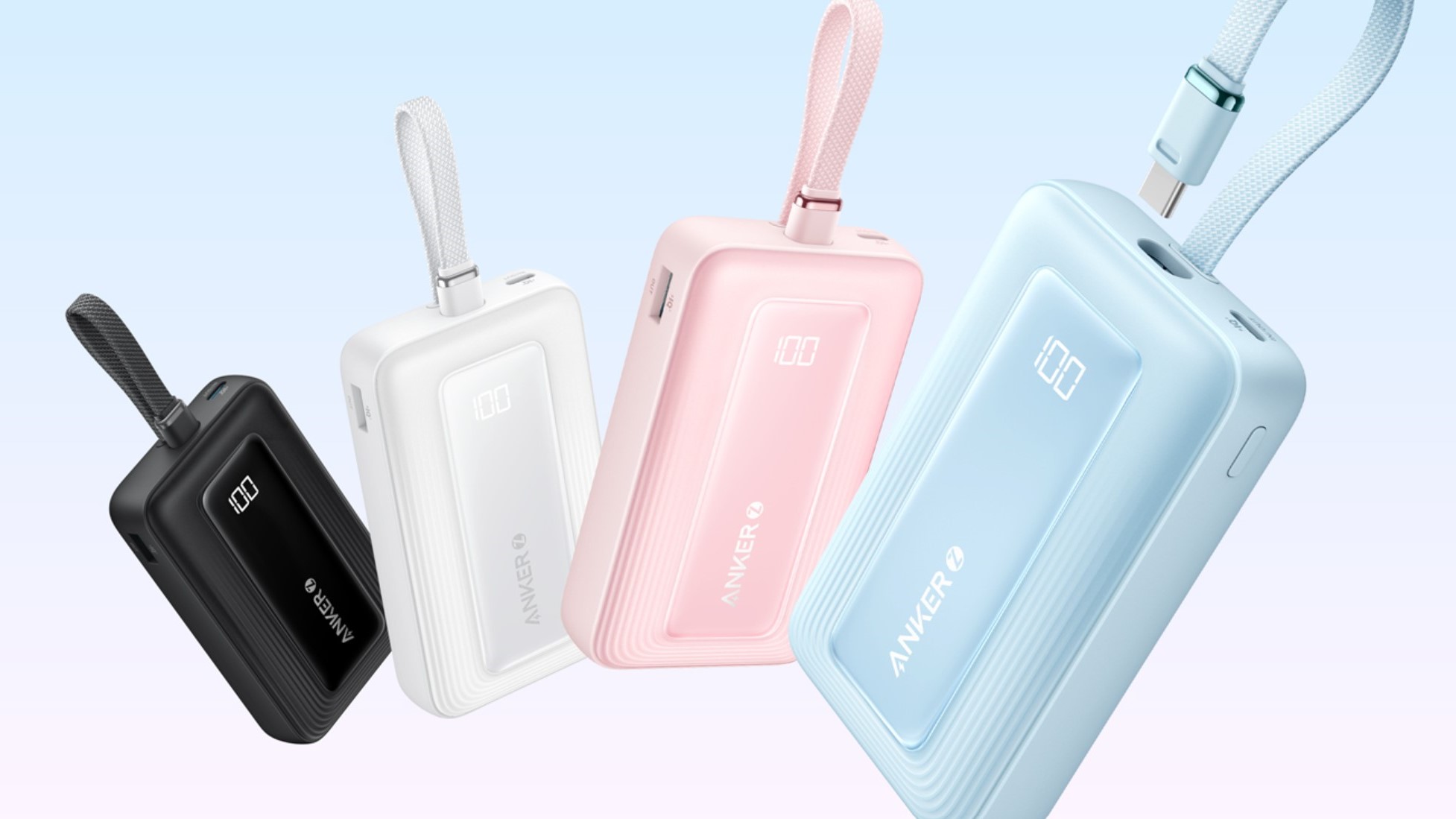
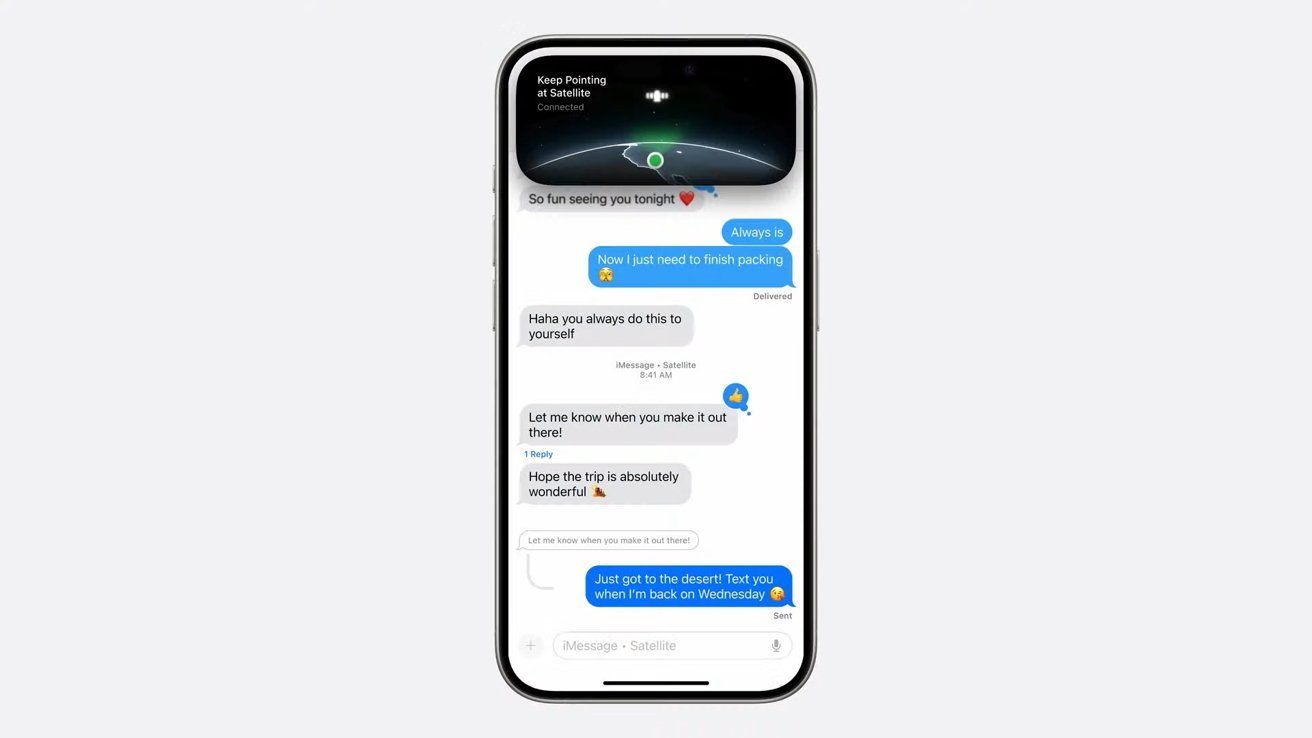



























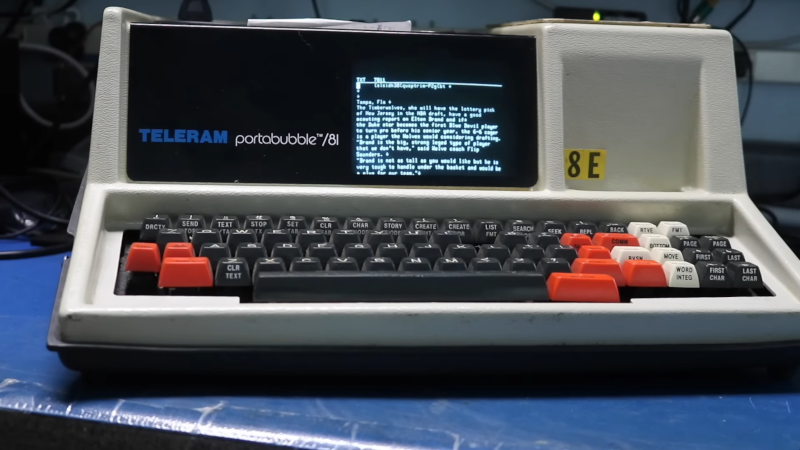
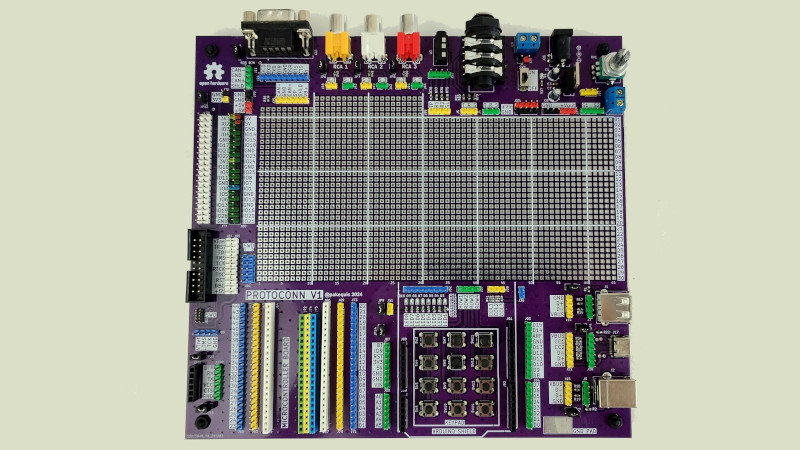















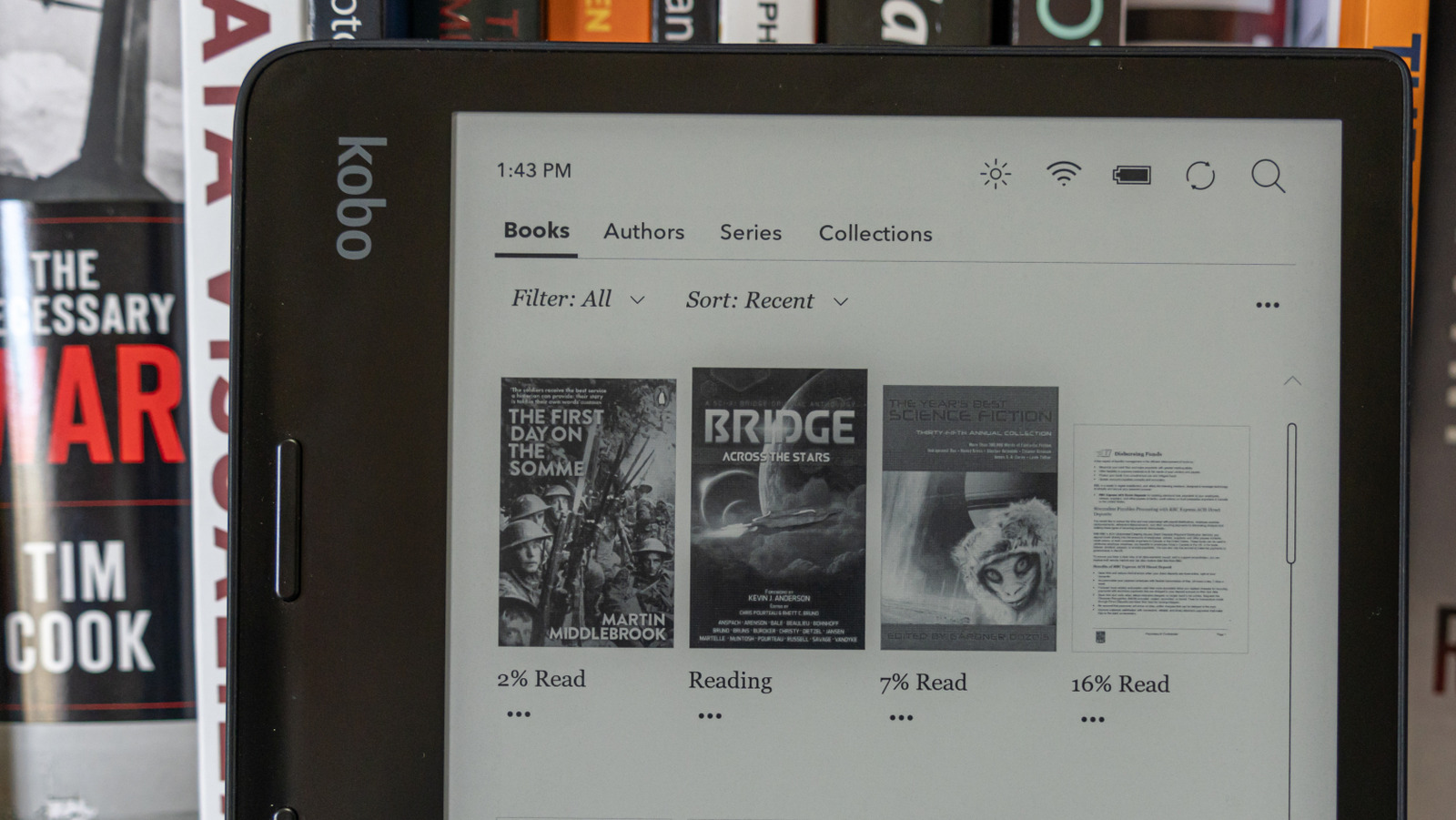








































































































![[The AI Show Episode 141]: Road to AGI (and Beyond) #1 — The AI Timeline is Accelerating](https://www.marketingaiinstitute.com/hubfs/ep%20141.1.png)
![[The AI Show Episode 140]: New AGI Warnings, OpenAI Suggests Government Policy, Sam Altman Teases Creative Writing Model, Claude Web Search & Apple’s AI Woes](https://www.marketingaiinstitute.com/hubfs/ep%20140%20cover.png)
![[The AI Show Episode 139]: The Government Knows AGI Is Coming, Superintelligence Strategy, OpenAI’s $20,000 Per Month Agents & Top 100 Gen AI Apps](https://www.marketingaiinstitute.com/hubfs/ep%20139%20cover-2.png)

























































































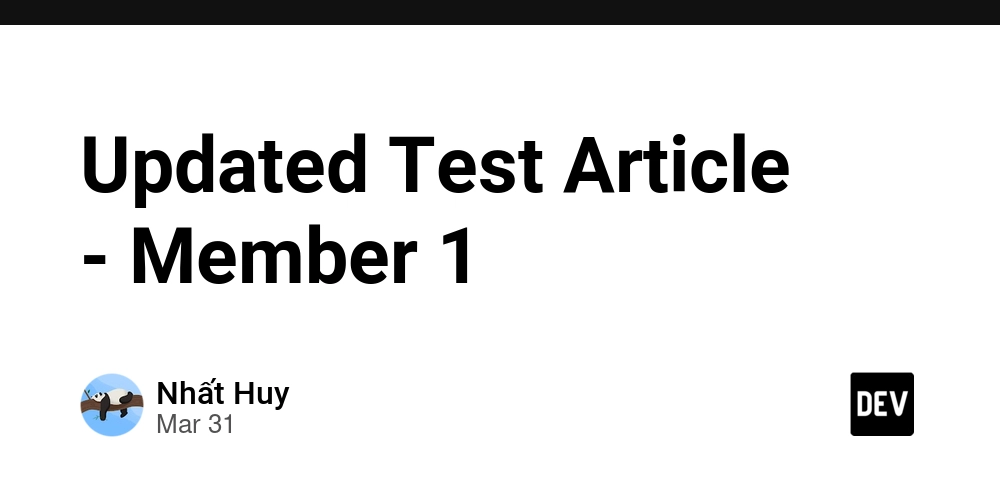




































![From broke musician to working dev. How college drop-out Ryan Furrer taught himself to code [Podcast #166]](https://cdn.hashnode.com/res/hashnode/image/upload/v1743189826063/2080cde4-6fc0-46fb-b98d-b3d59841e8c4.png?#)






![[FREE EBOOKS] The Ultimate Linux Shell Scripting Guide, Artificial Intelligence for Cybersecurity & Four More Best Selling Titles](https://www.javacodegeeks.com/wp-content/uploads/2012/12/jcg-logo.jpg)






















.jpg?width=1920&height=1920&fit=bounds&quality=80&format=jpg&auto=webp#)


OSAMU-NAKAMURA.jpg?width=1920&height=1920&fit=bounds&quality=80&format=jpg&auto=webp#)






.png?#)








































